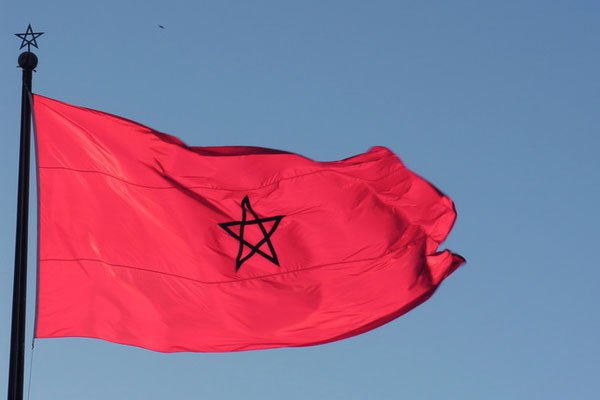According to a Ministry of Tourism report released yesterday, the number of foreign tourists who visited Morocco during the first five months of 2015 reached nearly 3.5 million - a fall of 1.1 per cent compared to the same period last year
The majority of tourists came from France, Spain, Germany and Britain. Italians ranked fifth, followed by Belgians, Dutch and Americans.
While the number of French tourists decreased, there was an increase in the number of Spanish, British and German tourists.
The number of Moroccan tourists travelling within the country reached 199,000, an increase of 6.8 per cent compared to the same period last year.
Over 480,000 Moroccans work in the tourism sector which is worth more than $6.88 billion to the country's economy. Tourism is considered the top source of foreign currency in the country according to the Prime Minister.
Morocco is currently working on a tourism development plan called Vision 2020 which aims to attract 20 million tourists a year by 2020. Last year, more than 10 million tourists visited Morocco.
Strategy of the sector of tourism: Vision 2020
The commitment of Vision 2020 means: continuing to make tourism one of the driving forces of economic, social and cultural development in Morocco. Its objective is to make Morocco one of the 20 great world destinations by 2020 and to make it a good example in terms of sustainable development in the Mediterranean region.
The objective of the Vision 2020 is to double the size of the sector and the accommodation capacity, with the creation of 200 000 new beds. This new capacity should double tourists' arrivals (coming from Europe and the emerging countries). 470 000 new direct jobs will be created across the country (1 million by 2020). Tourism revenues should reach 140 billion dhs on 2020 (a total amount of 1 000 billion). The Vision 2020 also plans to generalize tourism in the country and triple the trips made by the residents.
Nowadays, tourism in Morocco focuses largely on two destinations: Marrakech and Agadir, which account for more than the half of international overnight stays. This geographic concentration does not highlight all the potentials of Morocco. That is why a new planning and development policy was launched. Thus, eight areas were created as part of a comprehensive plan. The objective is to give them an international profile and help them gain a full-fledged destination status.
Two areas were established in the Atlantic and Mediterranean coasts:
• "Atlantic Souss-Sahara", includes the sites of Agadir (including inland), Laayoune and Guelmim.
• "Mediterranean Morocco", includes the sites of Saidia, Marchica and Cala Iris.
Four other areas were positioned as mixed offerings, cultural and seaside destinations:
• "Atlantic Marrakech", anchored on the sites of Marrakech, Toubkal and Essaouira.
• "Central Morocco" is the destination for journeys to the sources of culture and history, thanks to a strong complementarity between the sites of Fez, Meknes and Ifrane.
• "North Cape", includes the sites of Tangiers, Tetouan, Chefchaouen, Asilah and Larache.
• "Atlantic Center", includes Casablanca, Rabat and El Jadida.
Finally, two areas are destined to be the windows to Morocco in terms of sustainable development:
• "Atlantic Great South", centred on the exceptional site of Dakhla.
• "Atlas and Valleys", anchored on Ouarzazate, the valleys, oases and the High Atlas.
SHARE THIS!





No comments:
Post a Comment